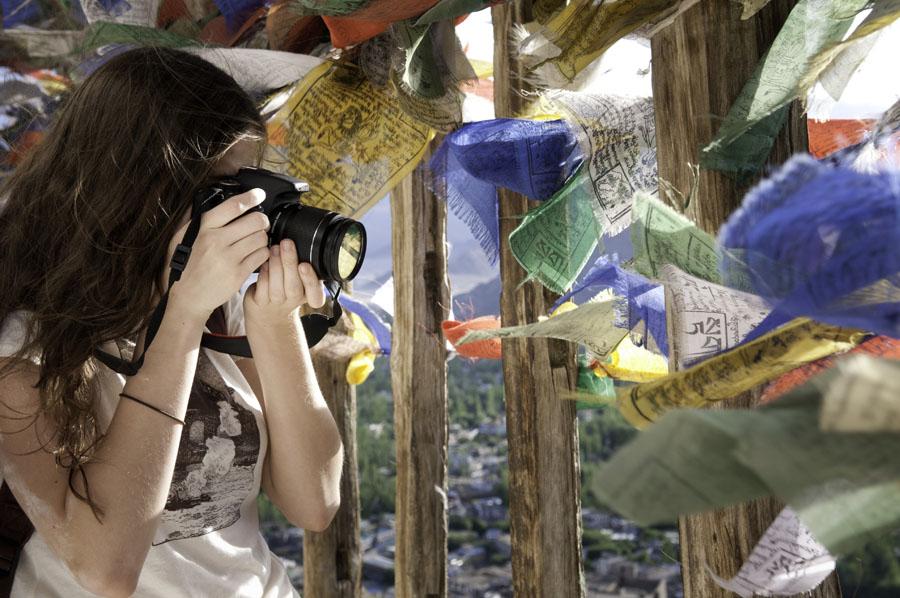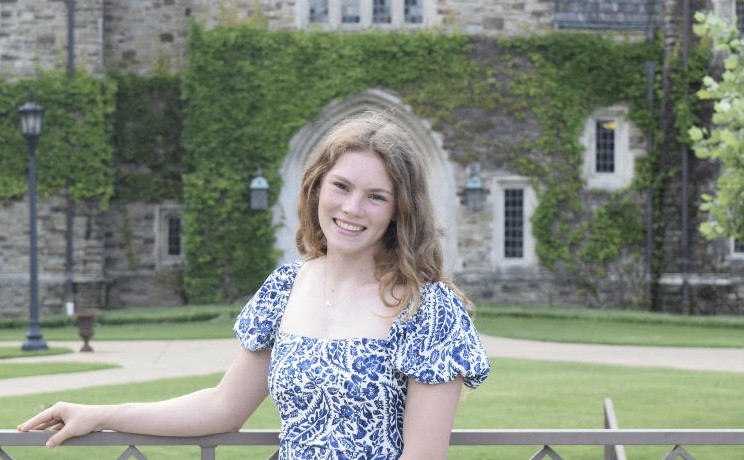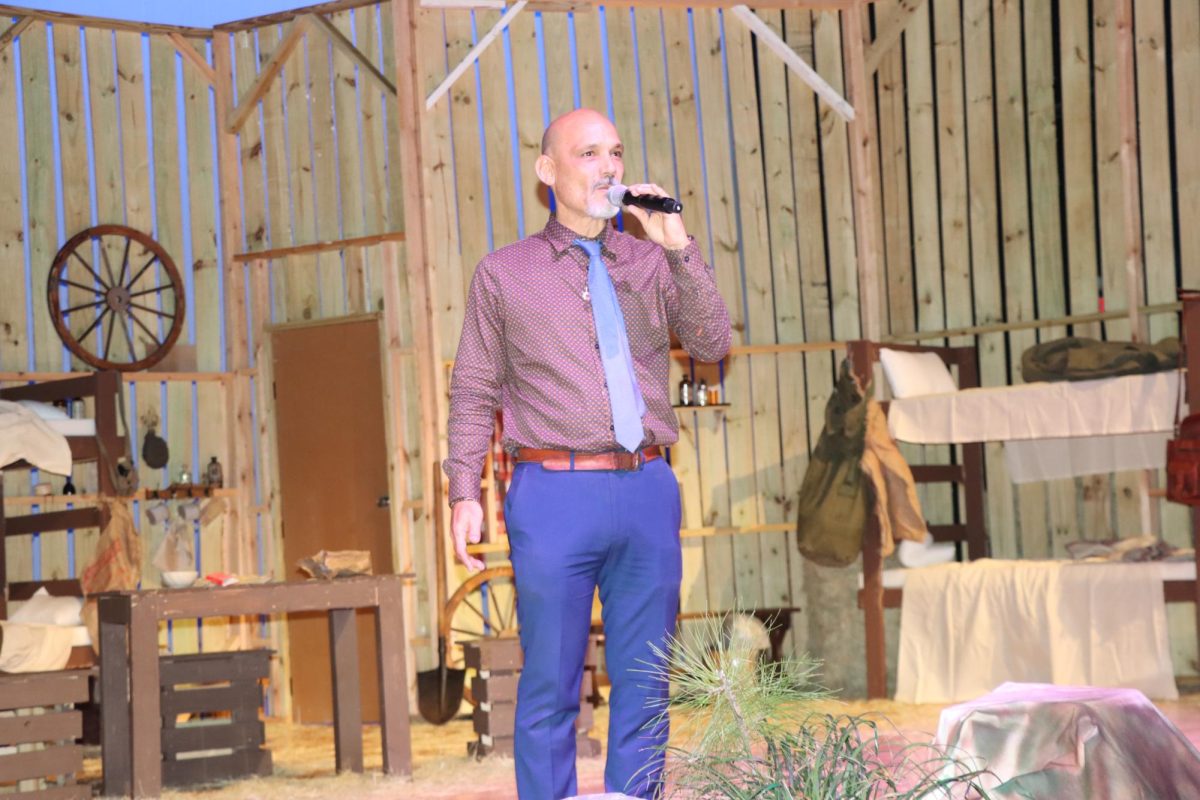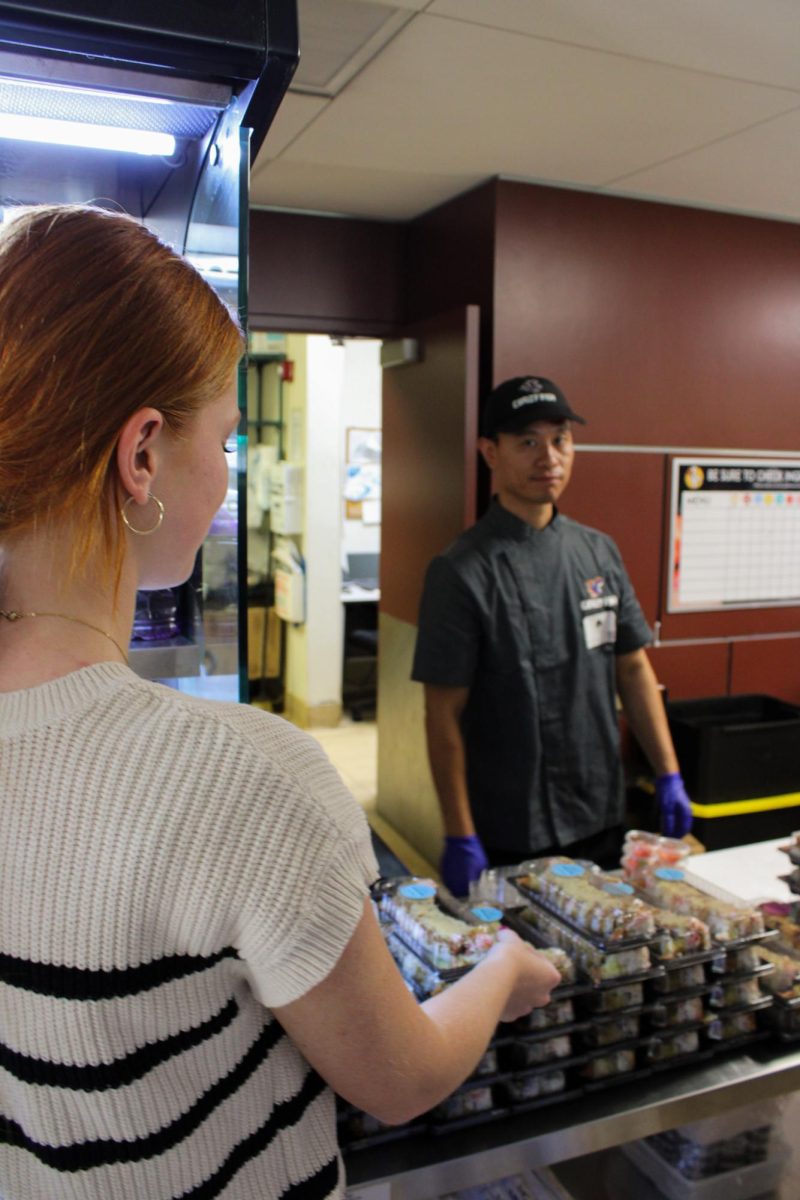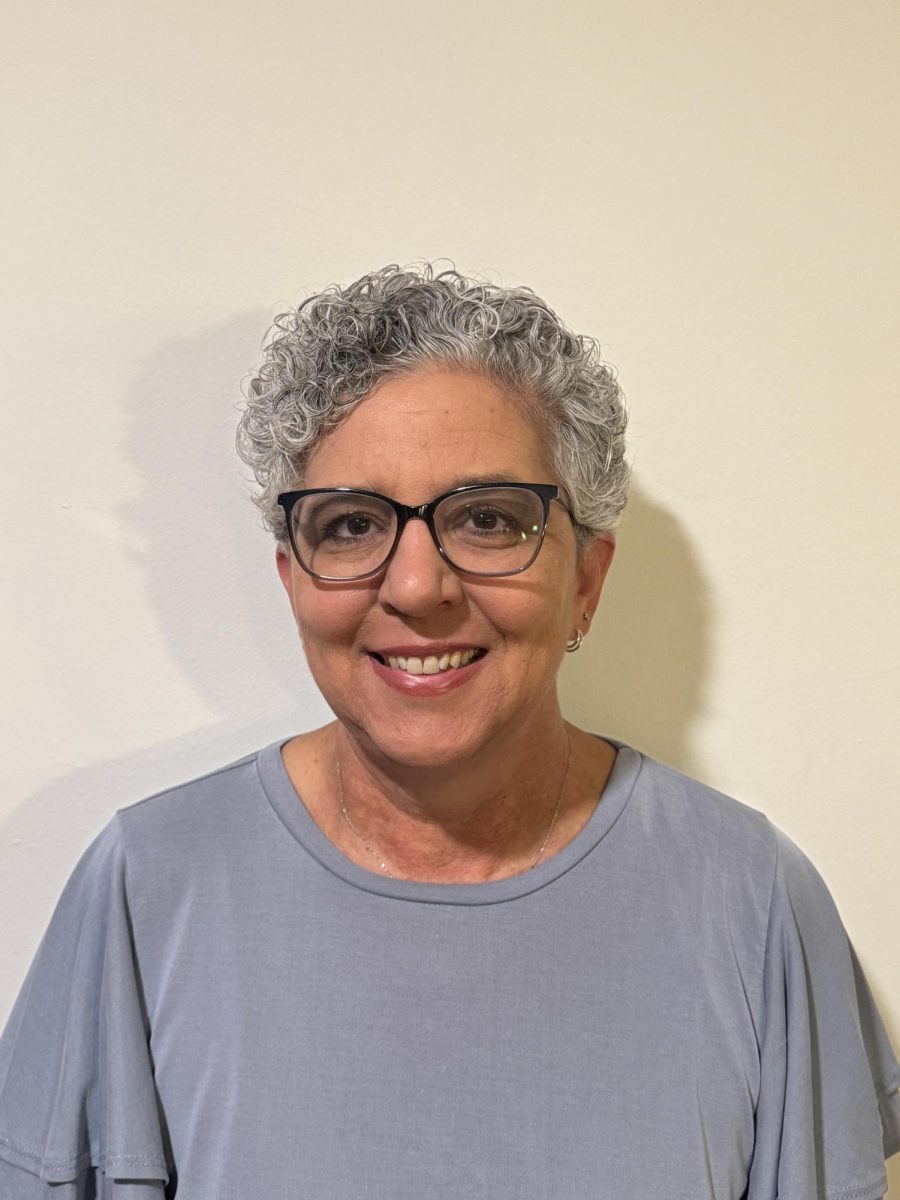This summer’s trips feature new sites, such as the Himalyas and Galapagos Islands
This summer, students will be flying to different locations all over the globe. Along with the usual vacations to Greece and Peru, a small group of young travelers will tour a couple of unique countries on new trips offered by teachers.
Guided by photography teacher Ryan Bowden, up to twelve students will take a shot at living in the mountains and see various landmarks in India.
“I want this trip to be for a photographer,” said Bowden, explaining why he settled on the mountainous region. “I chose a place photographically rich so that students would have the experience of a professional photographer. I want them to feel like they are shooting for National Geographic.”
Bowden’s trip has definitely attracted many travelers.
“I’m excited for the whole trip,” said junior Robert Simms. “I think it will be different from the other school trips because it’s off the beaten path.”
The two week trip begins in the capital city of Delhi, where the voyagers will see the famous Red Fort and India Gate. They will then depart for Ladakh, the “Land of High Mountain Passes,” and spend about a week in the mountains among different indigenous groups, chanting with monks and photographing nomadic culture.
“One of the most unique experiences of this trip is the opportunity to live in a yak herding village,” said Bowden. “We’ll be sleeping on yak fur in yurts for a couple of nights.”
Although the once in a lifetime experience will be rewarding, it comes with its challenges.
“The most challenging part of living in the mountains will probably be the food,” said freshman Maria Camasmie. “We will not be able to be picky.”
However, students will be getting their fill of delicious food once they set out for Agra, where they will visit the Taj Mahal, one of the Seven Wonders of the World. After a brief stop in Delhi for some last minute shopping, a Bollywood movie, and one last photo review, the travelers will take a long 15 hour flight back home.
Bowden is excited to see what students will gain from this trip.
“I think it’s different for every student, but any time a person travels internationally, it opens their eyes to a different people. Although it initially may come as a culture shock, the person comes away with an appreciation and understanding for the culture. A lot of students see their lifestyle and want to make a difference.”
Galapagos Island
From July 8 to July 15, students will have a once in a lifetime chance to explore the Galapagos Islands and discover the wonders of the birthplace of modern biology.
“It’s actually been a dream of mine since I was little to travel to the Galapagos,” said sophomore Joy Harlynking, a student already signed up for the trip. “My mom went there when she was younger and always told me stories about the animals she saw and the crazy experiences she had. When I heard there was a trip going there at Trinity, I knew I had to go.”
The students will land in Ecuador and spend a day seeing Quito, the Santo Domingo Church, and the Intinan Museum.
“Ecuador is very interesting because of its distinct cultures,” said Lali Derosier, upper school science teacher and head of the trip. “There is a lot of variation in the geography, and their active indigenous community is amazing.”
After exploring the destinations of Ecuador, they will spend three days on different islands of Darwin’s Galapagos Research Center. There, students will have the opportunity to see a variety of different animals and interact with the wildlife.
“The main thing I’m excited about is to hike around on the Island and see the multitude of greenery and colorful animals,” said sophomore Taylor LaPeters. “We’ll be getting up close to penguins, turtles, and other animals that are located on the Island. We will also be swimming with sea turtles.”
While these students may have the opportunity to experience this phenomenal trip, pollution, habitat destruction, and invasive species are quickly causing the Galapagos Islands to disappear.
“This is something not everyone will be able to see,” said Derosier. “It’s not going to last forever.”





